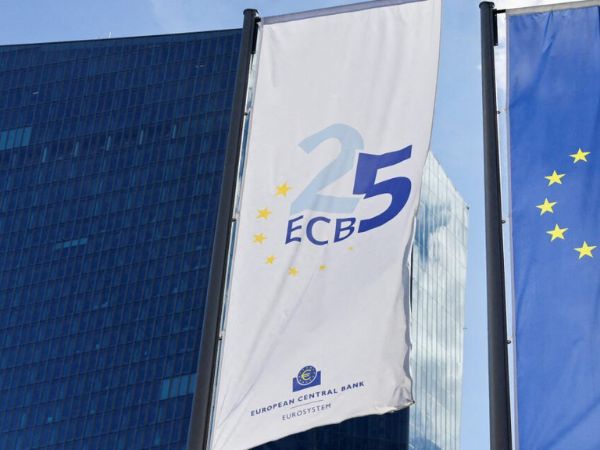
Introduction
According to two banking executives with knowledge of the request, the European Central Bank has urged certain banks to closely watch social media activity to spot a decline in sentiment that would trigger a deposit run.
According to the persons, who asked to remain anonymous because the talks are private, European authorities have increased their monitoring of banks’ liquidity following the failure of Silicon Valley Bank and Credit Suisse in March of last year.
Banks may experience financial difficulties if customers rush to withdraw deposits simultaneously. The social media post by a journalist in October 2022, stating that a “major international investment bank is on the brink,” sparked a run on Credit Suisse, with customers taking out over 100 billion Swiss francs (about $126 billion) by the end of the quarter.
The pace at which clients withdrew their savings has sparked a global discussion about whether institutions can survive abrupt liquidity shocks under the current regulatory framework, and whether or not new regulations are necessary.
An independent European organization that works in the banking and financial sector, the European Banking Authority, requested in March that pertinent regulators evaluate social media risks that may “contribute to a deterioration in the public perception and reputation of the institution.”
One of the two executives stated that a big European lender has set up a team to signal significant quantities of negative posts to the bank’s treasury, which will then examine any impact on deposits, in response to the ECB’s instructions, which were particular to certain banks in the region.
According to those with knowledge of the regulators’ thoughts, early identification may not be enough to prevent a bank run. Still, banks and regulators are keen to avoid being surprised.
In November, the European Central Bank (ECB) stated in its financial stability assessment that “social media allows information to spread faster but can also trigger or amplify shocks.”
In recent months, the ECB has also increased its inspection of liquidity reporting, changing the frequency from monthly to weekly.
LIQUIDITY DEBATE ON SOCIAL MEDIA
According to a bank executive who spoke to Reuters, European authorities are also discussing whether or not to change the assumptions that go into calculating the liquidity coverage ratio (LCR), a crucial metric that banks use to assess liquidity risk.
LCRs, which were implemented in the wake of the 2008 financial crisis, mandate that banks have an adequate amount of liquid assets on hand to cover a period of severe liquidity stress.
The CEO continued, “Regulators are examining the lenders’ deposit bases and whether cash can walk out at a greater speed.”
According to Reuters in November, regulators and lenders in Switzerland are debating new policies, one of which is the possibility of spreading out a larger percentage of withdrawals over longer periods.
According to the banking executives who spoke with Reuters, LCRs—which evaluate access to cash over 30 days—may not be as useful as measurements that indicate how much liquidity a lender can release in a single day.
Bigger banks must demonstrate that they can obtain money over the “ultra-short-term,” according to a senior banking watchdog in the United States last week.
The Basel Committee on Banking Supervision, which establishes guidelines for the prudential regulation of banks, will examine whether any of its liquidity regulations need to be changed in light of the significantly faster deposit withdrawals during the March crisis, which was partially caused by social media.
As stated earlier this week, the Financial Stability Board, an international organization that keeps an eye on the world financial system, is examining the impact of social media and the changes in deposit dynamics.